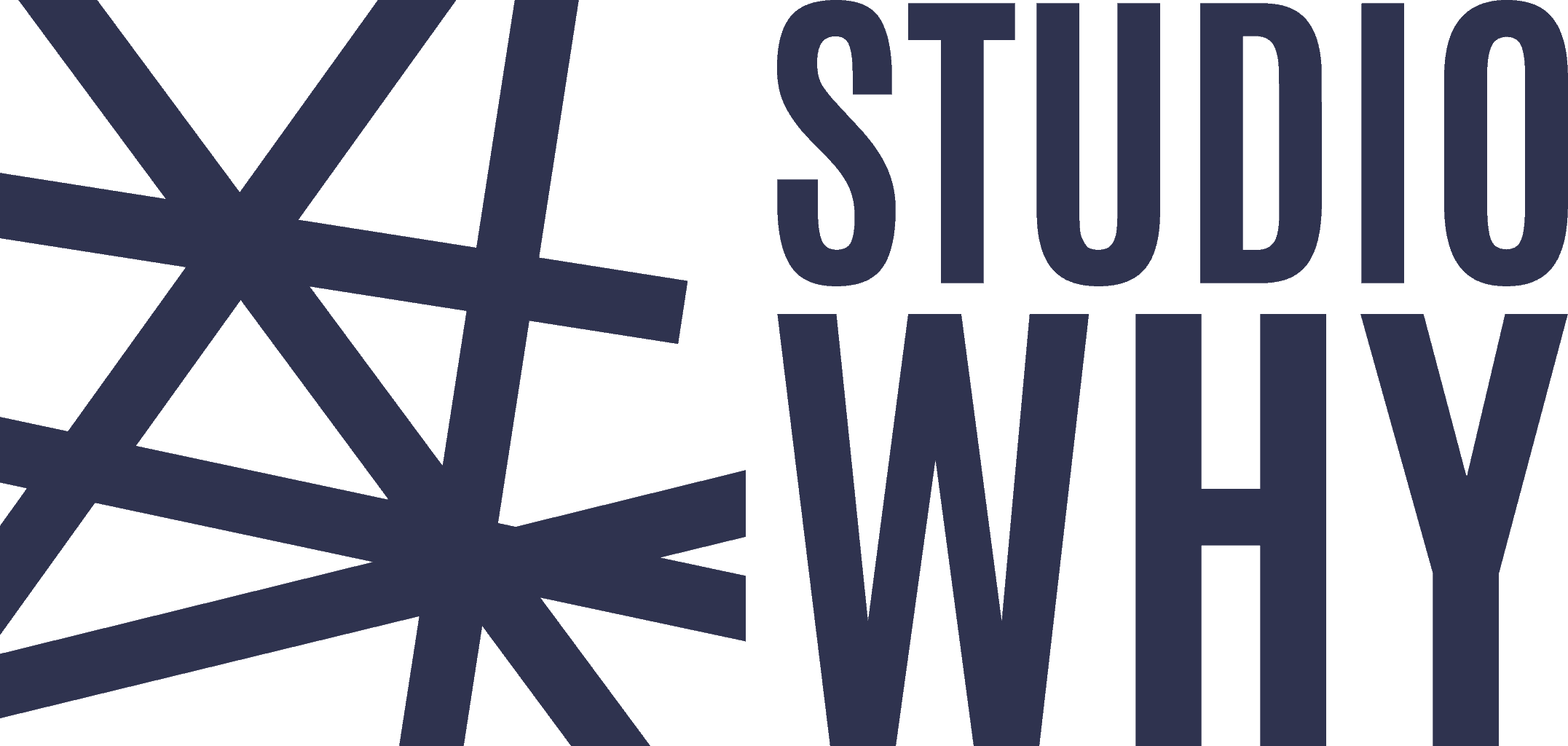Dutch Design Deltas
The Dutch Design Delta model will help you to develop an entrepreneurial mindset and to run a problem-solving process.
There are many different methods out there that can help you solve problems in a more innovative and creative way, like Design Thinking, Design Sprints, Lean Startup, and Scrum. But sometimes it can be confusing to know which one to use and how to fit them all together.
That’s why we’ve developed the Dutch Design Delta model, which breaks down the problem-solving process into three key phases: context design, concept design, and market design.
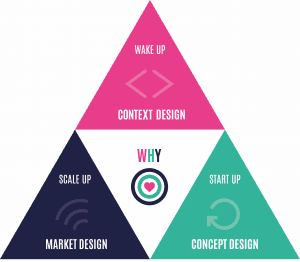
Every STUDIO.WHY Design process starts with WHY!
Before the team kicks off the first phase of the Design process, they have to understand the purpose, the essentials of the journey. The team will figure out the commissioner’s motivations for the challenge, that will be translated into mission statements. The mission statements together with the commissioner’s vision on the world will be the ingredients for the definition of the WHY.
Context Design is about immersing into the situation. In stead of solving the problem as is, the team explores the problem to its real core.
At the understand sub phase the team formulates the challenge’s moonshot, objectives, scenarios, scopes and constraints and asks themselves questions that relate to the why, what and who of the challenge. They will get a sense what trends, technologies, opportunities and possible constraints might affect it in the process.
At the explore sub phase the team creates a deep understanding and empathy of the background of the project, the context, the situation, location, stakeholders, time and social/technical context. They get to know the people involved, their wants, goals, needs and feelings.
The define sub phase serves to take perspective and to come up with a point of view, the knowledge gained will be collated and summarized, and the challenge will be re-framed. The team will draw conclusions from the research and make lessons learned explicit.
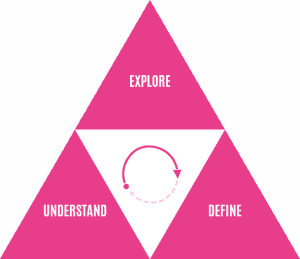
Concept Design is about subsequently generating a variety of ideas and possible solutions, developing detailed concepts & business models and defining the market with a position statement.
The imagine sub phase is the creative peak of de design process. Based on the outcomes of the Context Design phase the team generates ideas which will be developed into concepts and business models in the next step.
At the develop sub phase the team enriches ideas and develops them into complete concepts including an associated business model – the product / market combination.
The frame sub phase serves to collect the first feedback for the developed concepts from the first customers (the early adopters). To make this possible, a position statement is formulated: Target customer, need or opportunity, compelling reason to buy, competition, unique selling points.
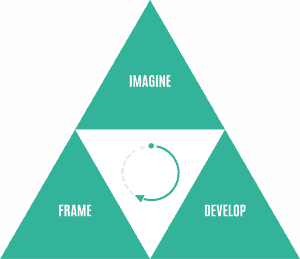
Market Design is about testing, improving and detailing the concepts until they are ready for mainstream market introduction. Market Design is an iterative proces. Each iteration of the Market Design phase is focussed on one specific element/functionality of the concept.
At the build sub phase, the team will visualize or prototype the concepts so they can be tested on the appropriate target group. Before testing, the team defines the innovation metrics to validate with.
At the test sub phase, the team tests whether specific elements/functionalities concepts are valid or not. In order to get the right information for further improvement, the experiments will be done with real end-users.
The learn sub phase is about improvement. Based on feedback from the early adopter end-users, the team will keep the concept intact, adapt or improve it, or completely dismiss it. This way they iteratively refine the concepts. Finally they build out the whole product with value added extensions that deliver additional benefit.
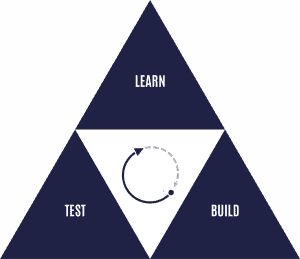

Personal plan
- Custom made
- Focus on a problem, solution or culture; your choice!
- Achieve the best results
Let’s look at the posibilities together!
Whether it’s a new product, an innovation strategy, or a way to solve a problem, there are always ways to think creatively and turn our ideas into reality. Let’s work together to identify the best ideas and make them happen!
Unlock your full potential with our expert tips and tricks!
Sign up for our weekly newsletter to stay ahead of the game in creativity, productive teamwork, innovation, and design thinking.
These organizations made a transformation
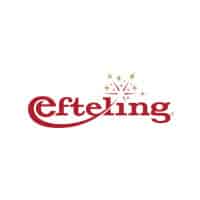

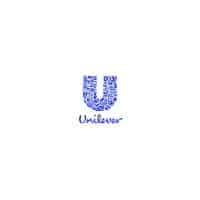
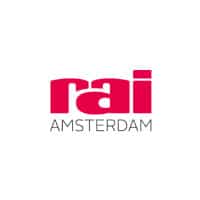
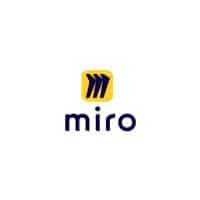
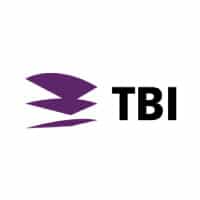
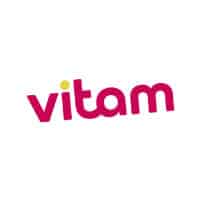
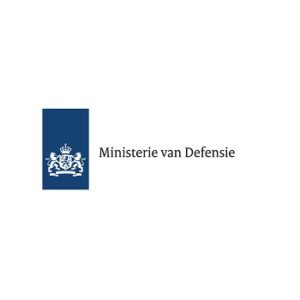

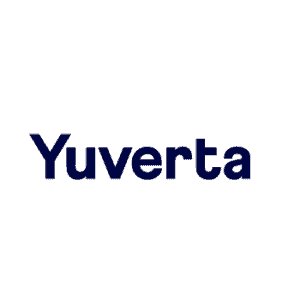
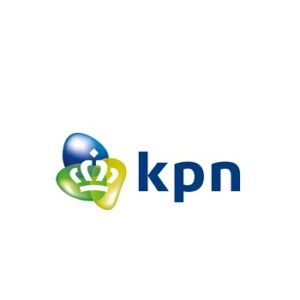
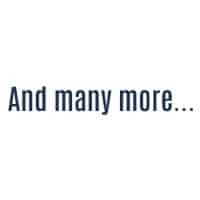
Transformation Themes
- Climate
- Education
- Health
- Food
- Mobility
